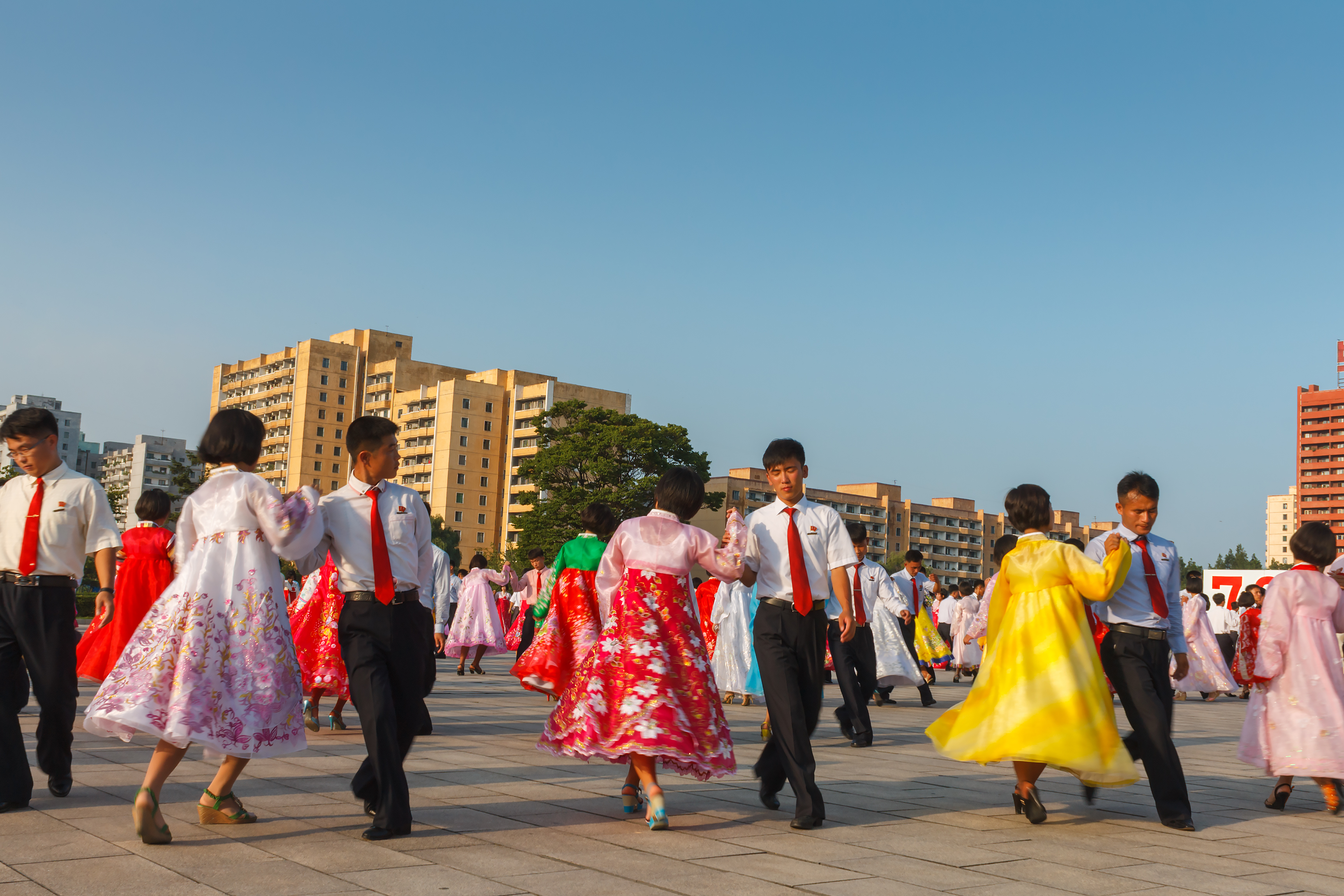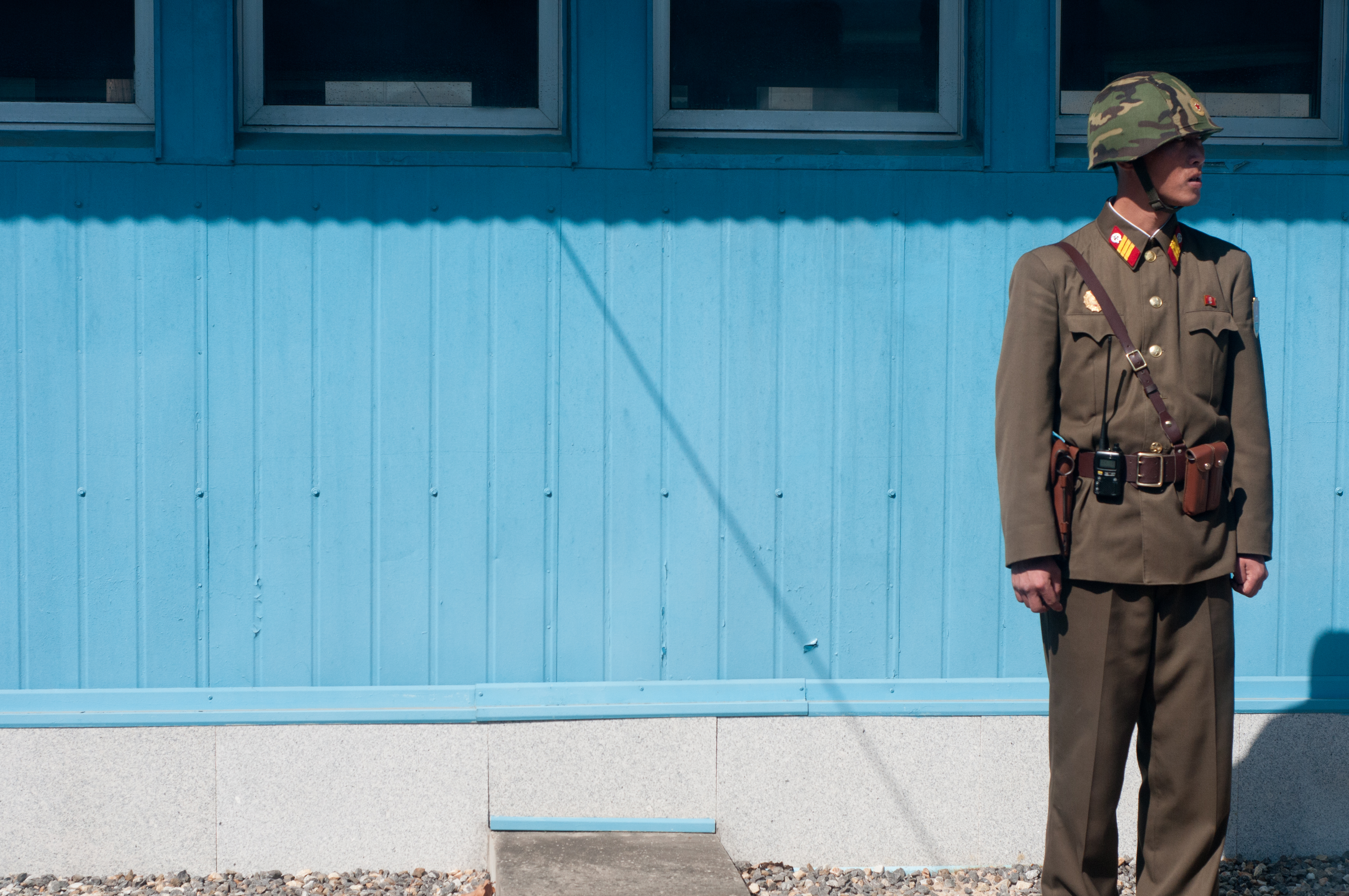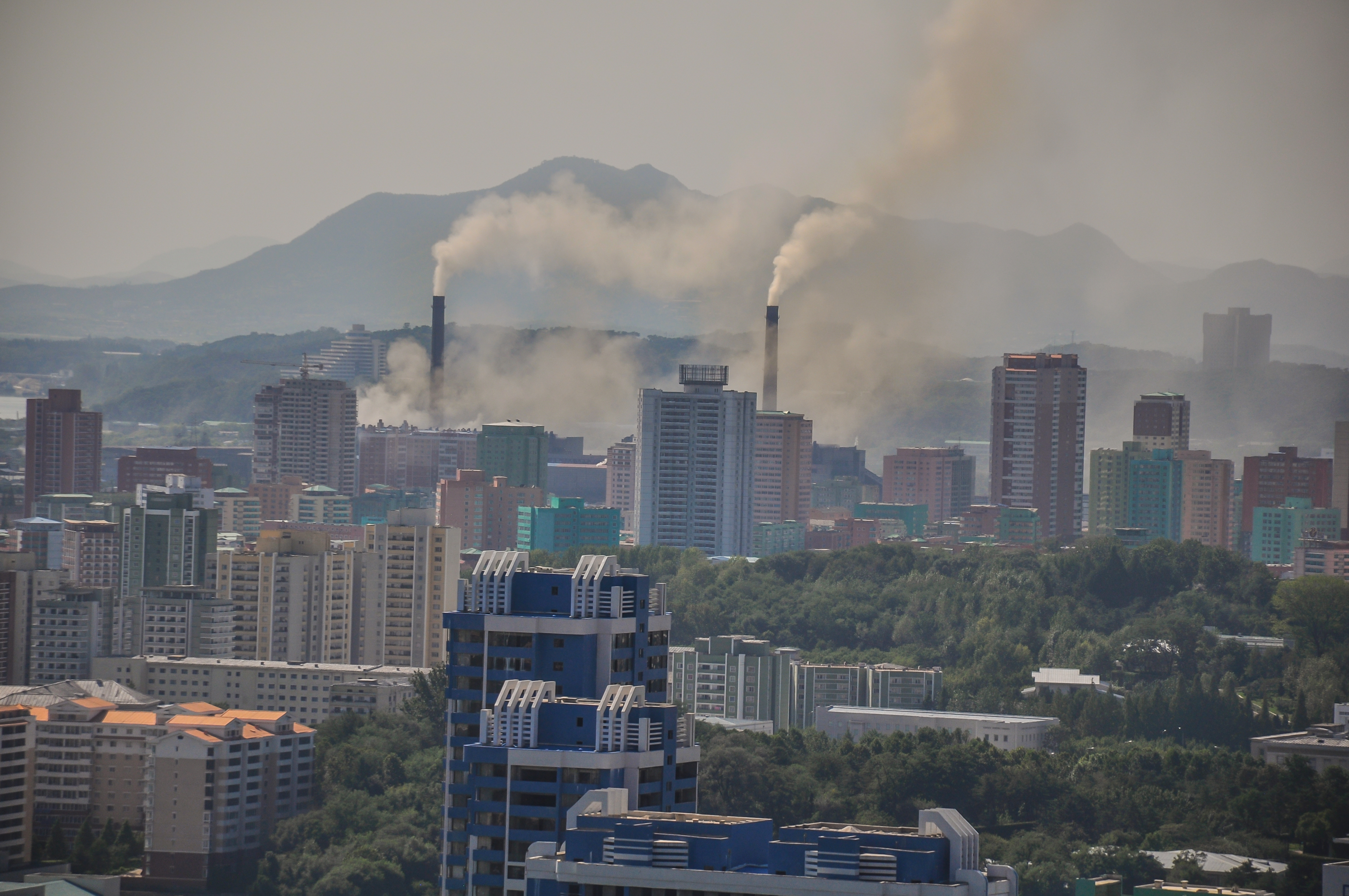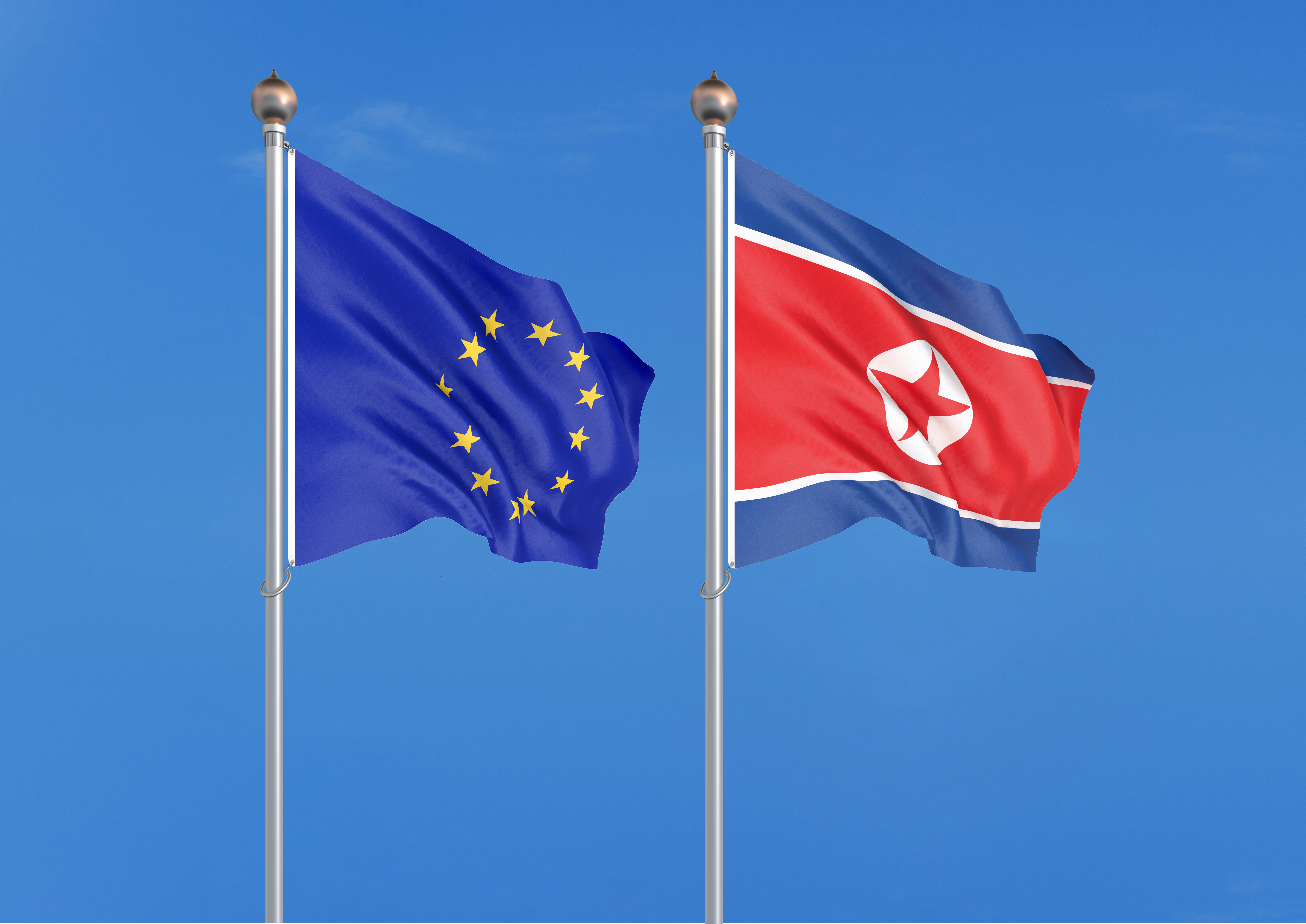1. A Single Yet Different Culture
While it is possible to say that the cultures of North and South Korea are similar, the two countries have also established independent cultural systems after being separated for a long time. It is appropriate to say the cultures of the two Koreas are a single yet different culture. Cultural differences are often viewed as obstacles to overcome, and each country pursues efforts to homogenize the two cultures by denying or attempting to change the other culture. The two Koreas should acknowledge the cultural achievements of both South and North developed after being divided, while cherishing the common traditional cultural elements. A detailed understanding of the similarities and differences of North and South Korean cultures is needed to achieve a divided yet all-encompassing Korean culture. This paper focuses on the differences and similarities in how the two Koreas understand the concept of cultural elements. There are concepts that have different meanings (the signified) despite being called by the same expression (the signifier) and vice versa. This paper aims to examine the latter by looking through the scope of the concept of “mass games” in South Korea and “mass gymnastics” in North Korea.
2. Mass games in South Korea
Mass games were performed from the 1950s despite being introduced in South Korea during the Japanese colonial rule (1910-1945). The first mass game was performed in the 34th Korean National Sports Festival in 1953, and the popularity of mass games peaked during the 1986 Asian Games and the 1988 Seoul Olympics. Although this foreign word was mispronounced as “[ma:s] games” until the 1980s, the standard form is “[mæs] games.” In the Korean dictionary, it is defined as “free gymnastics or dance routines performed by a large group of people as one, usually at celebration ceremonies or the opening and closing ceremony of athletic meets.”
The characteristics of South Korean mass games are as follows:
1. They are often performed at athletic events.
2. Most mass games, excluding those held at the military, company, and religious events, are usually performed by students.
3. Although mass games are a combination of exercise and dance, there is a tendency to emphasize it as an exercise, as mass games are typically held as a part of athletic events.
In South Korea, mass games were introduced during the Japanese colonial period. They were actively performed after the Korean Peninsula was divided, but are being held less and less often. The mass games quickly became rare after South Korea’s democratization and the influx of individualist culture.
3. Mass Gymnastics in North Korea
Deep-rooted ideology, artistry, and sophisticated physical techniques are combined in North Korea’s mass gymnastics. Comprehensive physical arts, gymnastics, and dance movements comprise the basis of North Korea’s mass gymnastics. By closely intertwining music, art, and various art forms into mass gymnastics, the participants create grand and beautiful images through card stunts, reflecting North Korea’s Juche, or self-reliance ideology.
The detailed characteristics of North Korean mass gymnastics are as follows:
1. The aesthetics of mass gymnastics are in line with Juche realism and focus on the propaganda of their Great Leader.
2. The genre of mass gymnastics is comprehensive sport by combining mass gymnastics and art in the forms of dance and music
3. Mass gymnastics are comprised of a background (card stunt) team and a gymnast team.
4. As a means of educating the public, it contributes to strengthening the regime and has a strong ideological features.
5. The form and content of mass gymnastics continue to evolve, such as its original meaning of a mass gymnastic performance have been complemented with background team and music, completing the three elements of North Korean mass gymnastics: a gymnast team, a background team, and music.
6. North Korean mass gymnastics are easily influenced by changes in not only the political environment but also social changes or changes in the international environment.
4. Mass gymnastics and mass games are alike but different
North Korean mass gymnastics and South Korean mass games came to be called differently due to the differences in linguistic environment after the division of Korea, but they signify a similar concept. There are similarities and differences between mass gymnastics and mass games from the perspective of changing concept. Mass games and mass gymnastics were often performed in both North and South Korea because both Koreas established and maintained a strong authoritarian system. However, the changes in the concept of mass gymnastics in North Korea are especially noticeable. In North Korea, mass gymnastics transformed from a mere athletic event to one that has political meaning and changed its name in 2000 to “Grand Mass Gymnastics and Artistic Performance.” In contrast, as mass games are rarely performed in South Korea, there is a high possibility that the notion will disappear. It is difficult for mass games, based on collectivism, to be performed on an individual or group level in South Korea, which has gone through many social changes from democratization, the 1997 Asian financial crisis, and other events.
Although it is not to the extent of South Korea, North Korea is also experiencing marketization and changes in its regime. As individualism and materialism spread, it may be challenging to maintain the traditional form of mass gymnastics. The significance of mass games and mass gymnastics, which were often performed during the initial stage of the nation-building or under a strong authoritarian system, has shrunk or is changing due to democratization in South Korea and regime changes in North Korea.■
■ Woo-young Lee is a professor at the University of North Korean Studies. He earned his Ph.D. in Sociology at Yonsei University and served as an assistant professor at the Graduate School of North Korean Studies at Kyungnam University. He is also an advisor to the Unification Research Group in the National Assembly of South Korea. Prof. Lee has researched on concrete cases of social and cultural exchanges between South and North Korea, including the issues raised during the exchange process and the effects of exchanges. He wrote the parts on group gymnastics and mass games of History of Conceptual Division on the Korean Peninsula consisting of 6 volumes.
■ Typeset by Yewon Hong Research Associate
For inquiries: 02 2277 1683 (ext. 206) | yhong@eai.or.kr





